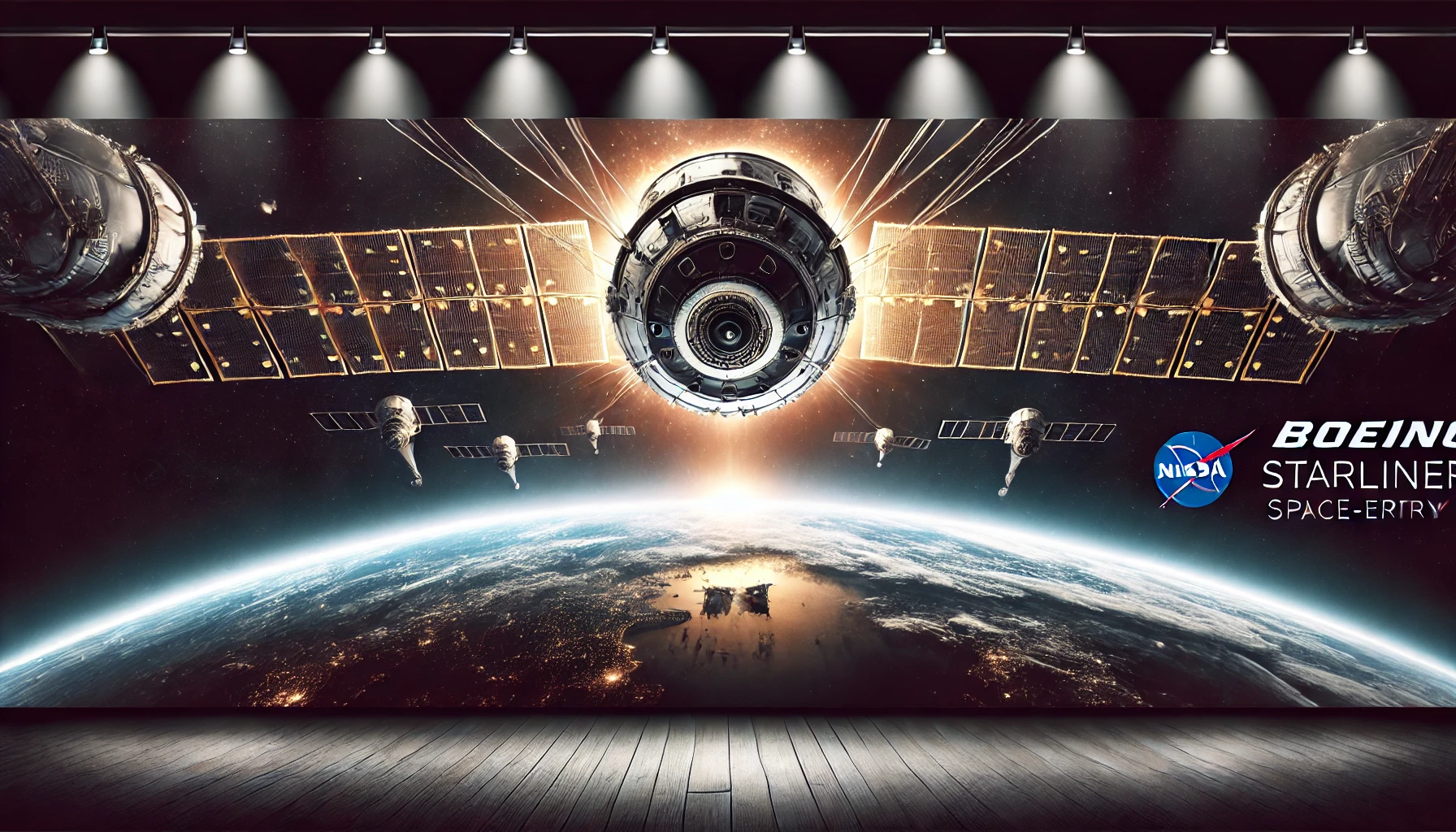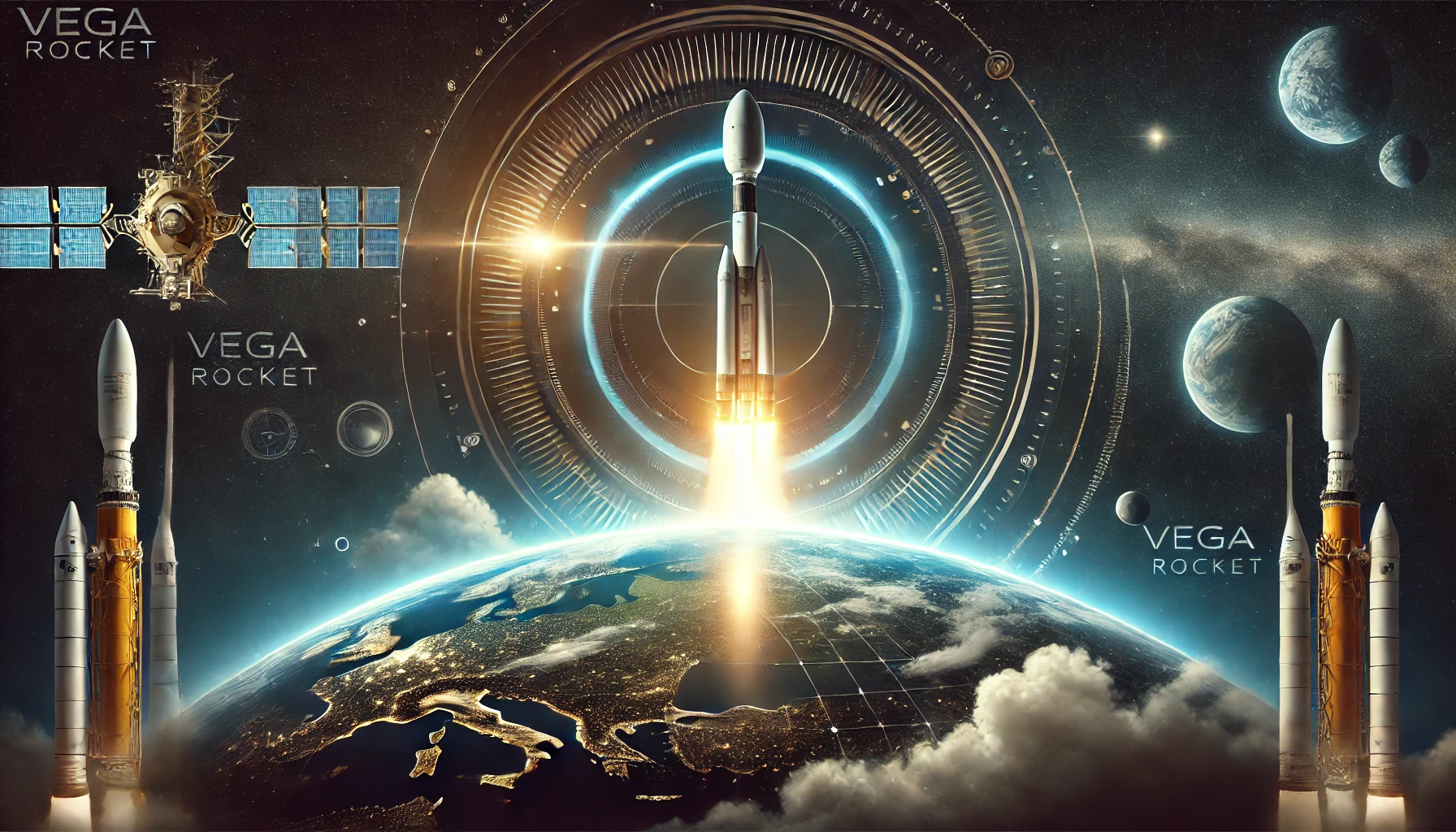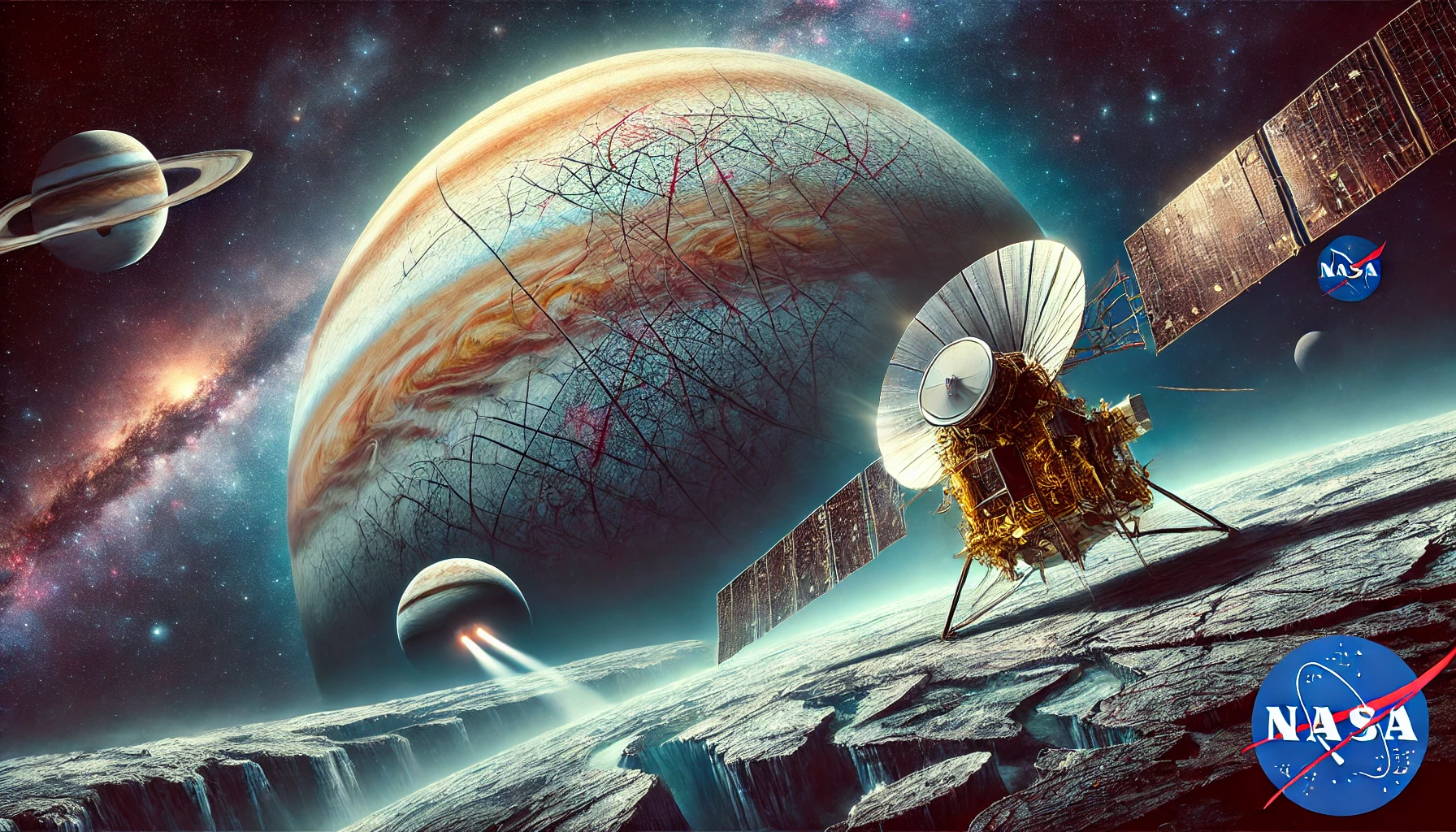The concept of a world-destroying asteroid hurtling toward Earth has long been a source of fascination and fear. From movies like Armageddon to scientific research, the idea of a catastrophic asteroid impact forces us to question how prepared humanity truly is for such an event. This concern resurfaced when a green fireball meteor recently crashed into Earth’s atmosphere, leaving many wondering, “What would happen if a larger asteroid, one capable of global destruction, was detected?” In this blog, we’ll explore what might occur minute by …
The food industry is no stranger to artificial additives, and Yellow 5 (Tartrazine), one of the most commonly used food dyes, has garnered attention for decades. Found in products ranging from sodas to snacks like Doritos, Tartrazine not only adds a vibrant color to our food but has also made headlines for its surprising effect on turning mice’s skin transparent in a recent study. This blog explores the science behind Yellow 5, its effects on health, and the ongoing debate about food dye toxicity. What …
The Northern Lights, also known as the Aurora Borealis, are one of nature’s most stunning phenomena. These dazzling displays of color dance across the sky, mesmerizing all who witness them. However, what most people don’t realize is that the Northern Lights are a direct result of geomagnetic storms and the complex world of space weather. In the coming week, a geomagnetic storm watch has been issued, meaning that these beautiful lights may soon be visible in parts of the United States. But what exactly causes …
The James Webb Space Telescope (JWST) is redefining our understanding of the universe. Launched in December 2021, this marvel of modern technology is designed to peer into the depths of space like never before. Among its fascinating discoveries are the mysterious little red dots found in the farthest reaches of the cosmos, revealing clues about ancient galaxies and the very beginnings of the universe. But what are these little red dots? Could they be the remnants of supermassive black holes or nascent quasars? Let’s explore …
Cervical cancer, once a daunting diagnosis for many women, is now largely preventable with early screening methods. In recent years, the rise of HPV self-collection tests has shifted the way we approach screening, providing an easier, more accessible option for women who might avoid the traditional Pap smear. These innovations are proving to be vital tools for both increasing cervical cancer screening rates and offering more comfort and convenience to patients. As the FDA continues to approve at-home HPV tests, more women can take charge …
On Friday, the Boeing Starliner spacecraft will make its return to Earth—this time, without any astronauts on board. The uncrewed return of the Starliner spacecraft marks an important step in Boeing’s collaboration with NASA, as the company works to address past issues and prepare the spacecraft for future crewed missions. Although the mission lacks human passengers, its significance in NASA’s Commercial Crew Program cannot be overstated. In this blog post, we’ll explore the details behind Boeing Starliner’s uncrewed return, its past challenges, and what this …
In September 2024, the Vega rocket will make its final flight, marking the end of a chapter for the European Space Agency (ESA) and Arianespace. Although the Vega rocket played a pivotal role in launching small payloads into space, it ultimately failed to secure a strong foothold in the competitive commercial market. As Vega C, its more powerful successor, takes the reins, this blog explores the history, challenges, and legacy of the Vega rocket and how it shaped Europe’s small-lift launch capabilities. The Origins and …
Jupiter’s moon Europa has long been a subject of fascination for scientists. Beneath its icy shell lies a mysterious, hidden world—one that could hold the elements of life. Europa’s subsurface ocean makes it one of the prime candidates in the search for extraterrestrial life in our solar system. To uncover these mysteries, NASA’s Europa Clipper mission is set to launch, carrying advanced instruments to determine whether Jupiter’s moon Europa might host environments suitable for life. In this blog, we will explore the Europa Clipper mission, …
In early September 2024, a dramatic celestial event unfolded over the skies of the Philippines—a small asteroid burning up in Earth’s atmosphere, creating a spectacular fireball. This incident not only caught the attention of skywatchers but also highlighted the importance of early asteroid detection systems and the role of space agencies in planetary defense. Events like these remind us of the dynamic relationship between Earth and space, with asteroids frequently crossing our planet’s orbit. This blog will explore what happens when an asteroid enters the …
A significant leap in robotics has just occurred, blending biology with machinery in ways that seemed like science fiction just a few years ago. In a remarkable development, scientists have given a robot body to a mushroom, allowing it to “crawl” and respond to its environment. This exciting breakthrough in biohybrid robots paves the way for a new era of living robotics, where biological systems are integrated into mechanical systems to create intelligent, adaptable machines. This blog explores the revolutionary concept of mushroom-powered robots, how …










